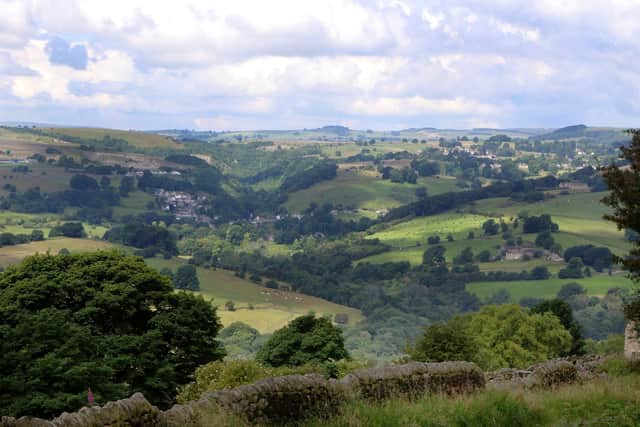Carbon emissions from Peak District farms poses biggest barrier to net zero goal
and live on Freeview channel 276
Some tenanted farms in the Warslow Moors estate in particular have been identified as being the largest emitters of carbon, producing more than 3,000 tonnes of CO2 a year, in the Carbon Management Plan Progress Report 2021/22, which monitors the national park’s steps toward achieving net zero by 2050.
In a meeting of the authority’s programme and resources committee, Councillor Gill Heath defended the farming community, stating: “Farmers are doing a lot for the environment.
Advertisement
Hide AdAdvertisement
Hide Ad“They are aware of this and I think it’s a bit unfair to see them get flagged up as much higher because this is only a small island, we get more and more people living on this island, we want food.”


She continued: “Farmers provide the basics that we all need.”
Chairman Andrew McCloy said the fact that farmers were producing food for the population was in itself a positive, which needed to be taken into account.
Acting head of asset management Matt Freestone commented: “The emissions we see here are from farms where we have legacy tenancies some of which were from the 80s, and new tenancies have had more of a conservation focus.”
Advertisement
Hide AdCoun Heath added: “The younger ones are more susceptible to climate change and more willing to change, so it will get better.”
Advertisement
Hide AdOverall the report showed a 56 per cent reduction in carbon emissions compared to 2009/10 figures, are large proportion of which was put down to decreased heating and gas emissions.
Mr Freestone acknowledged that there was still more than 400 tonnes of carbon being produced by the park.
He stated: “We need to look at our fleet vehicles as we move over to electric vehicles more and more and also to look at our built assets in terms of properties, but as we refurbish our tenanted properties we always move them to renewable heating systems.”
The need to reduce the number of private cars travelling for business purposes in the national park was also highlighted.